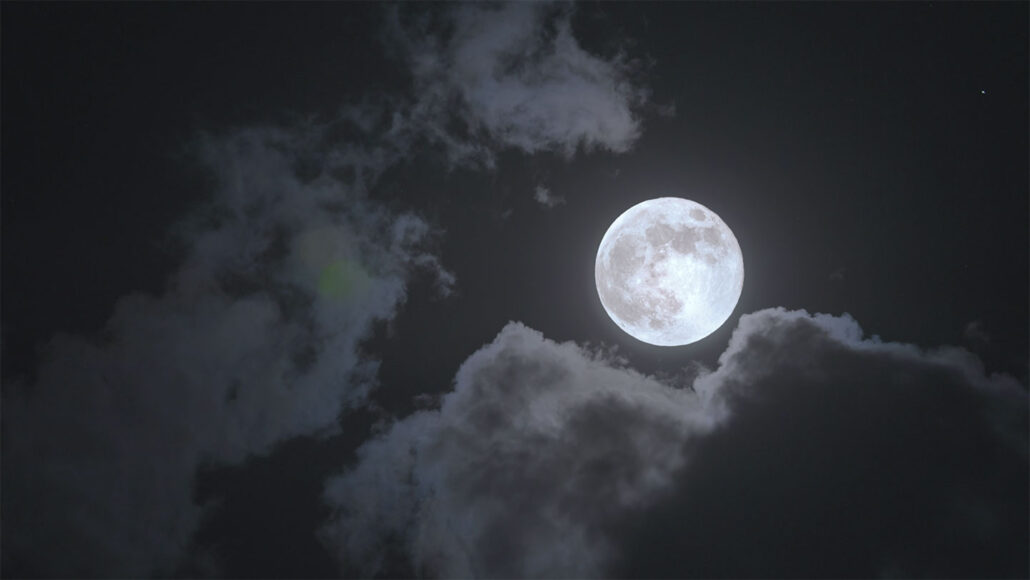Questions for ‘The moon has new tales to share, some from its secretive far side’

The moon has been Earth’s constant companion for billions of years. Scientists are hard at work studying its familiar near side — and recently, its mysterious far side — to better understand both how this orb formed and how Earth has evolved over the eons.
janiecbros/Creatas Video/Getty Images Plus